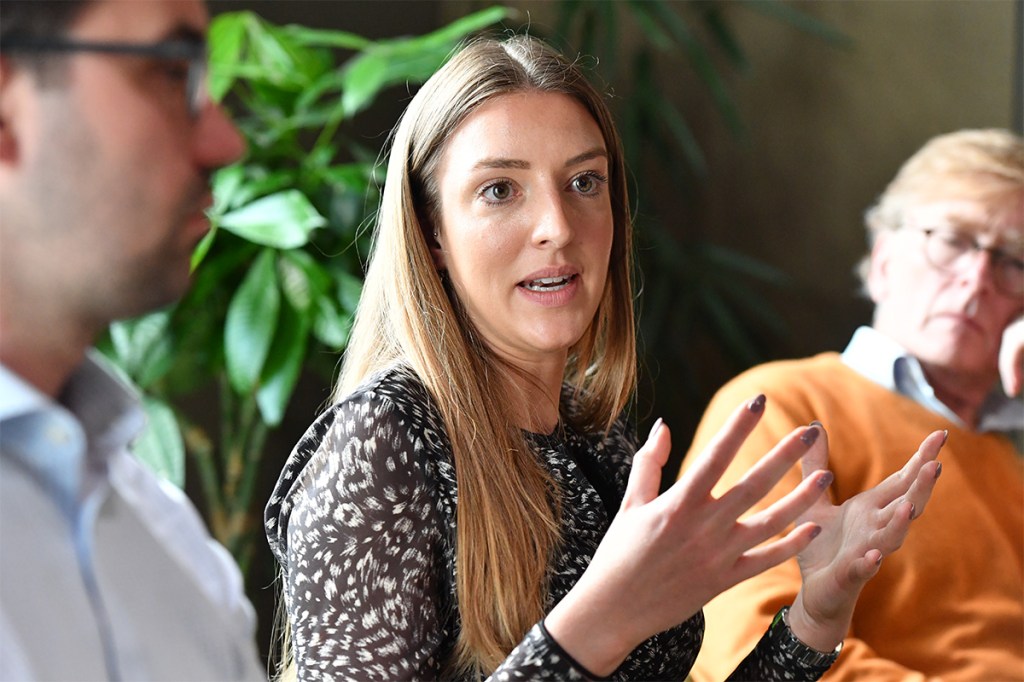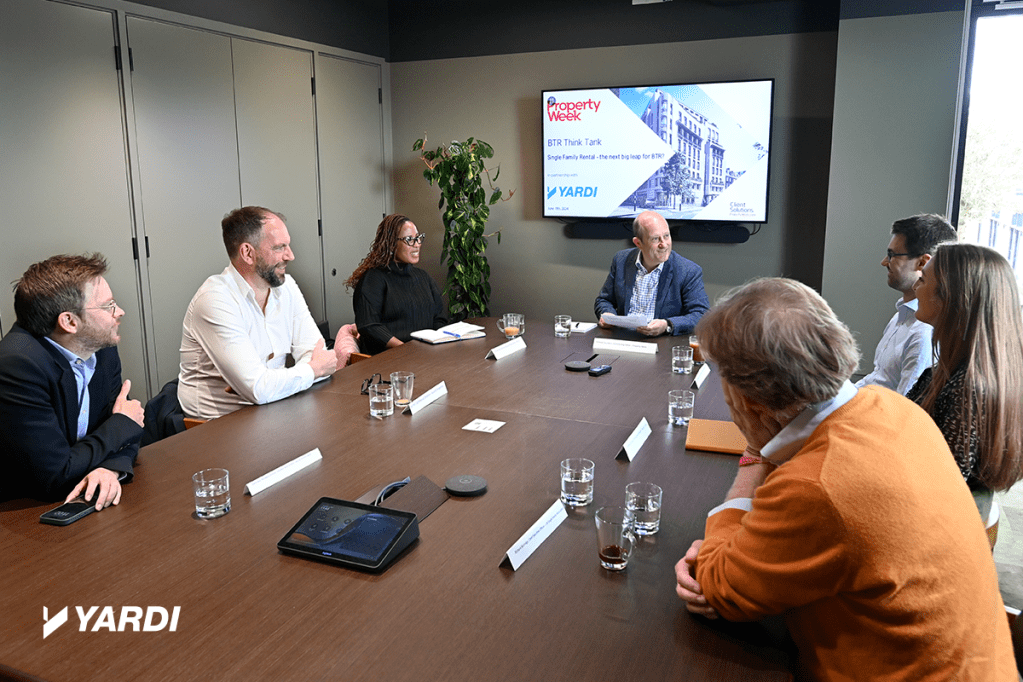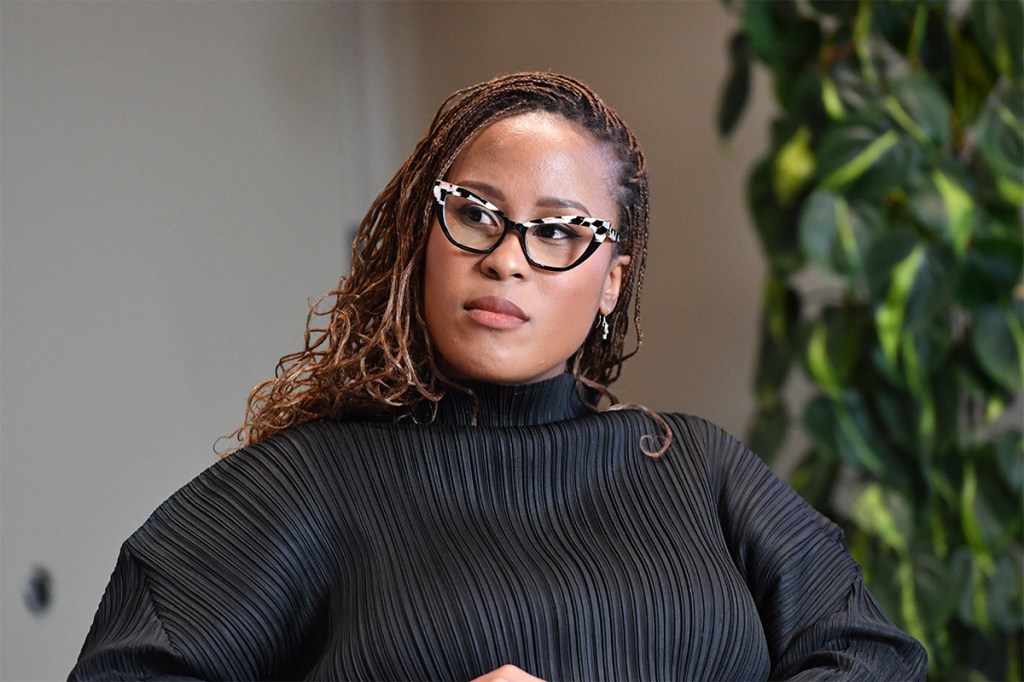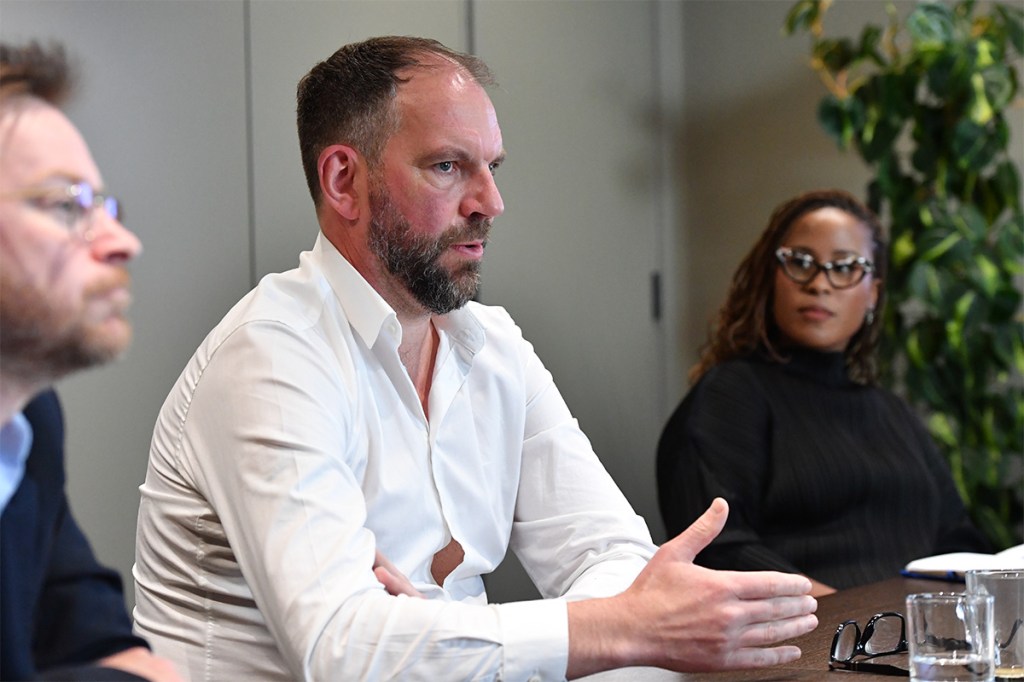The rise of build to rent (BTR) has been one of the biggest changes in the UK residential market in recent times, but it is not just about high-spec city-centre apartment blocks for footloose professionals. Houses are what most British households live in, and interest in BTR houses – or single-family BTR – is now growing fast.
Last year, single-family BTR attracted a record £1.9bn of investment, according to Savills. This represents 42% of BTR as a whole and a huge jump on 2022, when it accounted for 8% of total BTR investment.
For this think tank, Property Week and Yardi convened an expert panel to delve deeper into what is driving the boom in single-family BTR, how it differs from the more familiar multi-family and what trends we can expect to see over the coming months and years.
Expert Panel:

- Richard Berridge, special adviser for single-family rental, Association for Rental Living
- Edwina Coward, development manager, Packaged Living
- Lee Hill, commercial director, Ascend Properties
- David Reid, managing director, suburban build to rent, Legal & General Capital
- Chloe Sachikonye, account executive, Yardi
- Guy Whittaker, associate director, residential research, Savills
- Chair: Andrew Saunders, contributing editor, Property Week
What are the key growth drivers in single-family BTR?

Edwina Coward: Lifestyles have changed in the post-pandemic world. People still want to be close enough to enjoy town-centre living, but at the same time they want easy access to the countryside. High interest rates have also made it increasingly difficult for people to buy a house, while the rental offer is improving significantly.
Single-family BTR can provide high-quality, sustainable houses that people want to live in, in suburban locations that have easy access to town centres and the countryside.
Lee Hill: In 2005, when I started in the property industry, people lived in the city centre for a few years to have a bit of fun, then they saved up for a house and moved further out. It is a very different world now. Can people afford to buy the houses that come to market? I think that is the big question.
According to some research we did recently looking at single-family rentals in Greater Manchester, the average joint combined income was £47,900 a year. That would get you a £225,000 mortgage that would cost £1,400 a month.
The average single-family rental cost was £970 a month. So, the monthly payments at least are lower if you are renting. It was also interesting to find that the majority (62.5%) of people in the single-family rental homes that Ascend manages in Greater Manchester do not have children.
Chloe Sachikonye: I think there is an assumption that people who want houses [rather than flats] are couples with children, but that is not necessarily the case; they may just want a garden or some extra space. If you are commuting three days a week, you might want a spare room for a home office for the other two days, for example.
I visited a BTR development in Birmingham recently, where there were multi-family and single-family units on the same site. A lot of interest in the single-family homes had come from people who did not have children.
Guy Whittaker: Purely from a numbers perspective, most of the UK’s population live in suburban rather than urban areas, so it makes sense that that is where most future BTR delivery should be. But 90% of BTR delivery has been urban so far. There is a mismatch between where people want to live and where BTR has been delivering.

David Reid: There are more people renting for longer in the UK, and there is more capital going into alternative investments generally [BTR is classified as an alternative investment], and also a greater weighting towards residential.
If you are invested in property, you look across and think that residential has broadly been more resilient through Covid and is increasingly so today. It also has the correlation with inflation that pension funds and other investors like.
I think single-family BTR attracts capital that is looking for more of a mass market potentially than multi-family.
There is an assumption that people who want houses rather than flats are couples with children, but that is not necessarily the case; they may just want a garden or some extra space
Chloe Sachikonye, Yardi
Richard Berridge: Although around 80% of us live in houses and roughly 80% of what is built [in UK residential] is houses, BTR started in multi-family housing because it is all about scalability. Scalability is always more of an issue for investors in single-family housing, because they have to find more locations. An institution might buy 40 single-family homes, for instance, whereas the average multi-family scheme is probably more like 300 flats.
Can single-family BTR accelerate delivery of new homes, or does it just compete with build to sell?
DR: Houses are quicker to rent than to sell, broadly, especially in the current market; so [single-family BTR] can help significantly to de-risk larger developments. It is part of the triple tenure that we hear a lot about now: if one third of a large site is private rental and one third is social housing, that only leaves you with one third to sell privately. There are a growing number of families that need quality places to live, and this subsector is fundamentally accelerating the supply of housing. If the capital that Legal & General, and others, have put in was not there, would those homes have been built as quickly as homes to purchase?
Our argument is that they would not, and I am hoping that some of the housebuilders will support us in finding a way to prove that.
RB: As David has articulated, one of the real differences between single-family and multi-family BTR is that single-family actually brings forward other tenures. That is an important message to get across to local authorities in particular, that if they work with investors on this, not only can they bring forward the rental stock – which is what we as an industry want to see – they can also bring forward the private for-sale stock and social housing, too.
I have also been talking to lenders who have told me that single-family can help unlock more lending, because it gives them reassurance to have part of the site underwritten by a large institution.
In terms of customer attitudes, is renting still seen as a poor relation to buying?
EC: There has been a shift in the perception of renting. We have had years of rogue landlords, but by providing a BTR product that offers high standards – like Packaged Living and others do – it gives renters confidence. The quality of the overall rental package means that more people want to live in these homes. The quality of the buildings is getting better and better as we collect more data about how people live in them.
Compared with owning, when you don’t really know the maintenance costs and interest rates can change, our customers have the certainty of knowing exactly how much their outgoings are going to be. We also have things like solar photovoltaics and battery storage to feed back to the grid, so we are reducing their energy consumption and improving ESG [environmental, social and governance] performance. These are all long-term benefits for the consumer.
Security of tenure is absolutely crucial to tenants – it is the one big thing we need to emphasise as a sector
Richard Berridge, Association for Rental Living
CS: We have a little over 2,000 single-family homes running on the Yardi platform. But our clients have had more than 22,000 enquiries for those homes in the past six months. So the demand is clearly there. And people are wanting to take longer tenancies on them – the average tenancy [of Yardi’s single-family clients] is between 18 months and three years.

RB: Security of tenure is absolutely crucial to tenants – it is the one big thing we need to emphasise as a sector. With BTR, you are not going to get kicked out of your home because your landlord wants to sell it or because their son or daughter wants to live in it. You can stay as long as you like.
GW: A lot of this is centred on schools. Clearly, parents do not want to move their kids during their school years, so it makes sense that they are looking for longer tenancies.
And demand comes back to affordability. Interest rates have gone up and there is no more Help to Buy, which was a big help in getting over the deposit barrier. It is now £70,000 on average for first-time buyers, which is a crazy amount. The ‘Future of Build to Rent Houses’ paper that we produced with David’s help recently, projected that there will be an additional one million rental homes over the next 10 years as a result.
However, there is also the question of infrastructure – things such as doctor’s surgeries and hospitals. It is not just about delivering houses.
How does the use of technology compare between single-family and multi-family BTR?
EC: Single-family naturally brings a more complex arrangement – there is a large site, no concierge and there tends to be a wider range of ages. For us, it is very much about a hybrid approach that gives people options about how to communicate. Technology is important for those people who want to talk to us through an app, but it is also important to have face-to-face contact as well.
CS: What technology can provide is both consistency of experience and care [for the customer]. There is a lot we can learn from
the personal service provided by traditional agent models for viewings and so on.
Single-family naturally brings a more complex arrangement – there is a large site, no concierge and there tends to be a wider range of ages
Edwina Coward, Packaged Living
One single-family client I was speaking to recently is hiring leasing managers who live locally to manage all its properties in their respective areas. But if one person is off sick or on holiday, you need a system that is intuitive so you can respond to enquiries in the same way whoever is using it.
LH: I think single-family is in some ways a luxury to manage in comparison with multi-family – everyone is on the ground floor and there are no lifts! But single-family has its challenges, too. We manage single-family properties across 107 locations. That gives us the scale to have our own in-house development team who do our internal and external apps, which support our people in the field and help them manage their workload more effectively.
What trends can we expect to see coming through the sector over the next year or so?
RB: The rise of the aggregator – investors who are not in it for the long term but who aggregate sites across the country to create large portfolios that are of interest to bigger investors. I think we will see a lot of that.

GW: I think we will see a move away from opportunistic deals and towards the establishment of more partnerships between the top 50 housebuilders and institutions. That should enable them to unlock larger sites and accelerate housing delivery.
LH: Single-family is a bit niche at the moment. We are taking units that are already planned out. We need to develop a wishlist for the ‘perfect’ single-family BTR house, like having three decent-sized bedrooms – box rooms are done, thank you very much – then find a housebuilder that perceives the opportunity and wants to do it.
DR: If we see more political stability after the general election, and we have a gradual decline in interest rates, then I expect to see more capital looking to invest. That will increase competition and housing quality, and ultimately benefit the customer in a subsector [private rented] that has on average served residents poorly over time.
First published on Property Week
See how you can manage your SFH and BTR operations with Yardi’s Built to Rent Software.